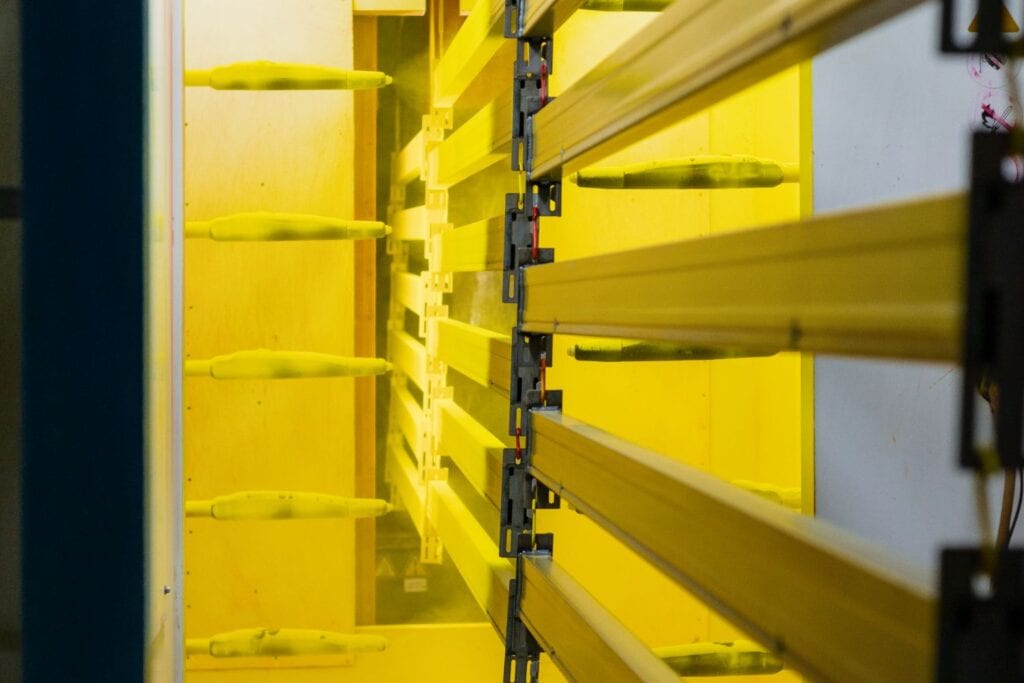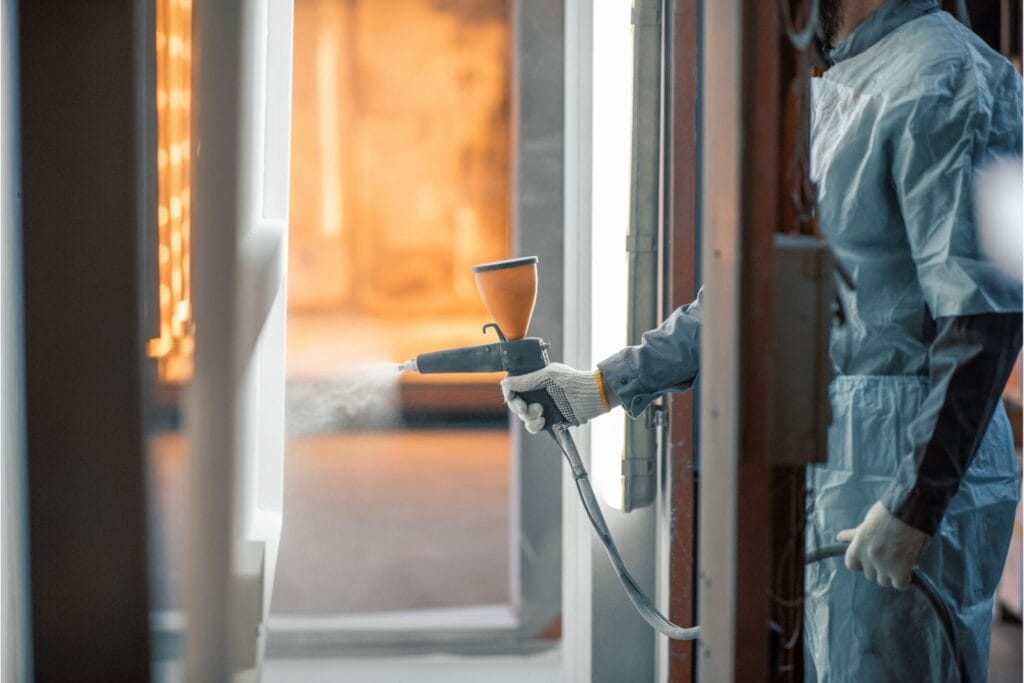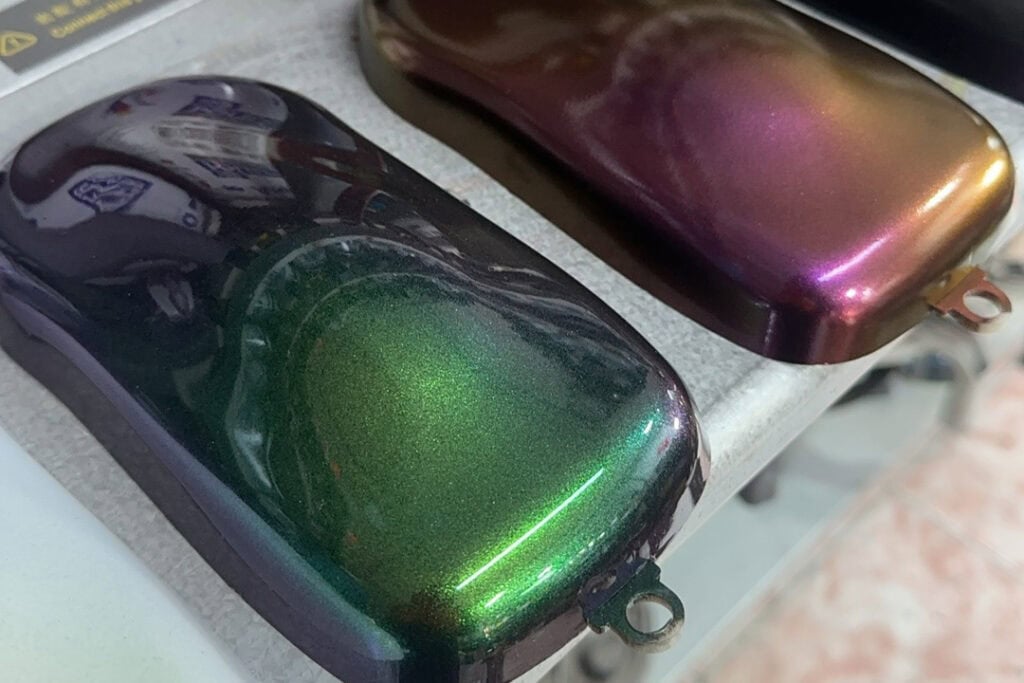In today’s market, the innovative use of glow-in-the-dark powders has revolutionized various industries. From injection molding to printing and even coatings, its applications are vast. Thanks to Glowinking Innovations, who, after years of successful collaboration with a diverse clientele, has shared invaluable insights into the myriad ways this powder is harnessed. Dive into this guide to discover the intricacies of using glow-in-the-dark powder, and elevate your next project to new luminous heights!
Understanding Glow-in-the-dark Powder
Glow-in-the-dark powder, often referred to as photoluminescent powder, has seen an uptick in demand. Yet, many are unaware that there’s no “one-size-fits-all” approach to its application. The amount and method of use depend largely on the project’s specifics, cost constraints, and desired luminosity.
Injection Molding with Glow-in-the-dark Powder
- Dosage & Mixing: A typical ratio of photoluminescent powder to plastic materials ranges between 4% to 10%. Factors such as the desired shade play a role—lighter colors require less powder, while darker hues need more. When preparing the mix, it’s essential to first add diffusion oil, followed by the powder, and finally the color powder. Special attention is required to prevent overmixting and extended exposure of the photoluminescent powder to iron, which can darken the material.
- Injection Molding Machine Tips: Cleanliness and temperature control are key. Machines should be pristine, with temperatures set to the lowest before injection. It’s essential to ensure that materials don’t overstay in the machine, preventing burns. Remember, every machine can yield slightly different results, so trial and error might be necessary.
- Noteworthy Mention: There are two primary types of photoluminescent powders—long-lasting and short-lasting (like zinc sulfide powder). The former might blacken due to various factors like machine type or solute temperature. However, the latter is often more resilient to such issues.
Printing with Glow-in-the-dark Powder
- Preventing Precipitation: Utilize high-viscosity resins and anti-sinking agents to keep the powder from settling. Always stir the mixture thoroughly before using and avoid heavy metal compounds as additives.
- Printing Background & Thickness: A white or reflective background enhances the luminosity and longevity of the glow. Aim for a coating thickness of around 130μ to 150μ for optimal results. Suggested ratio of glow in the dark powder is 10%- 70% by weight.
- Ink and Material Considerations: Depending on the substrate—be it metal or PVC—ensure you select the corresponding ink. Greater transparency yields better results. And if you’re working with water-based inks or coatings, the powder should undergo special coating process to ensure compatibility.
Coating with Luminescent Powder
- Choosing the Right Resin: Light transmittance is crucial. Given the weak alkaline nature of the luminous pigment, resins that are neutral or mildly alkaline work best. Some top choices include epoxy resin (E440), acrylic urethane varnish, and fluorocarbon resin.
- Additives and Preparation: Remember to avoid heavy metal compounds. Use containers made of glass or enamel for preparations. Keep the powder’s particle size minimal and aim for a mix ratio of 30-60%. Employing anti-sinking agents can also extend the shelf life of the photoluminescent paint.
Conclusion
Harnessing the power of glow-in-the-dark powder is an art. It requires precise knowledge and technique. With insights from experts like Glowinking Innovations, even beginners can achieve professional results. Remember, every project is unique, so don’t hesitate to experiment and find the perfect luminous solution for you!
Note: Always refer to specific product guidelines and conduct small-scale tests before final application.









